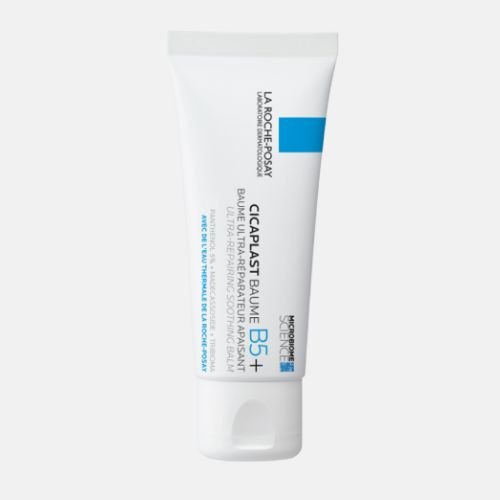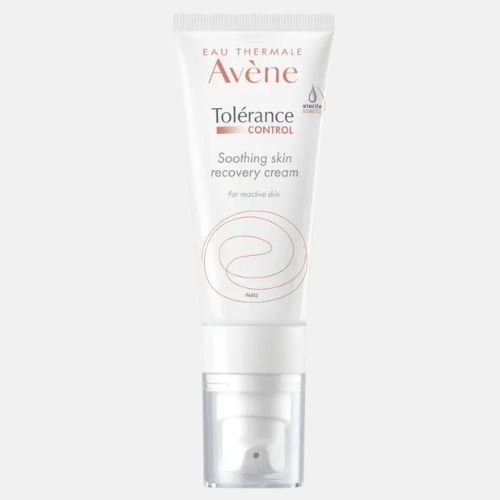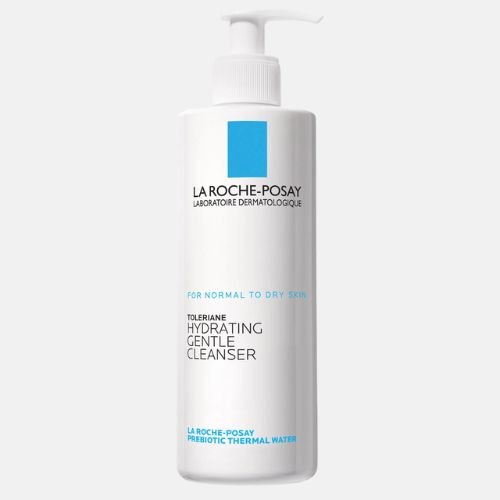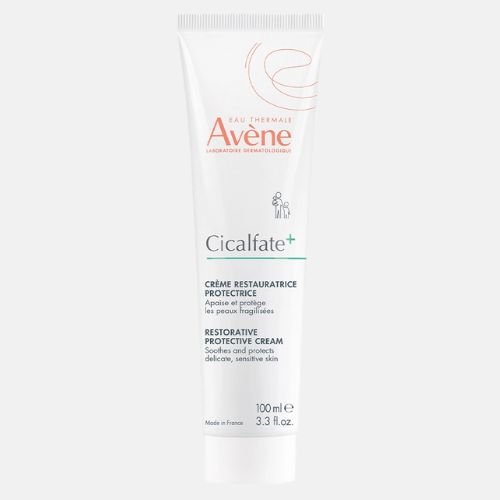8 Best Dermatologist-Recommended Products For Redness & Irritation
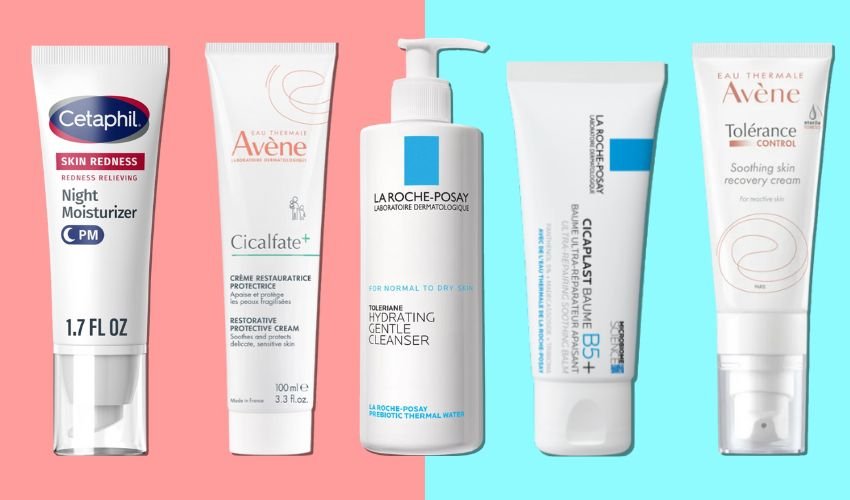
The best calming products are non-negotiable in any routine, no matter your skin type or season. When redness flares, when windburn stings, when your face feels tight for no good reason, you need barrier-first formulas that comfort fast and keep working after they sink in. Without that protection step, the skin’s natural shield breaks down and everyday things like weather, hot water, and even your favorite serum can feel like too much. In short, a great soothing product is your first line of defense against discomfort.
Finding the right one is not always simple. Redness can come from a touchy barrier, a new active, micro-irritation from over-cleansing, or ongoing conditions like rosacea. The good news, there are a handful of dermatologist-loved staples that show up again and again because they are gentle, boring in the best way, and consistent. Below, you’ll find eight, derm-backed picks that calm, protect, and help you keep using the rest of your routine without drama.
Best Picks
1. La Roche-Posay Cicaplast Baume B5+
If you ask ten dermatologists for a universal SOS cream, this rich balm lands on most lists. It pairs 5 percent panthenol with madecassoside and a copper-zinc-manganese complex to comfort irritated skin and support barrier recovery. The texture is cushiony without being greasy, so you can use a thin layer under sunscreen during the day or a thicker coat at night on sore spots.
Panthenol hydrates and soothes on contact, while madecassoside, a Centella asiatica component, is known for calming visible redness. The mineral blend and prebiotic complex (Tribioma) are designed to support a balanced surface environment while the brand’s thermal spring water adds a gentle, low-irritation base. Translation, it is a comfort coat that does not suffocate skin.
2. Avène Tolerance Control Soothing Skin Recovery Cream
When skin feels reactive and every lotion burns, this sterile, preservative-free cream is a safe place to land. It is built for hypersensitive, allergy-prone skin and uses Avène’s post-biotic rich Thermal Spring Water plus a minimalist ingredient list to calm fast, then keep irritation down through the day. The brand claims visible comfort in thirty seconds and barrier support in forty-eight hours.
High-tolerance packaging means fewer irritants, and the formula focuses on barrier support over bells and whistles. Reactive skin often needs quiet care rather than more actives. This cream is exactly that, quiet and effective.
3. Vanicream Moisturizing Cream
A drugstore classic with the National Eczema Association’s Seal of Acceptance, Vanicream is proof that simple still wins. It is free of fragrance, dyes, lanolin, formaldehyde releasers, and essential oils, which makes it an easy yes for sensitive and reactive skin. The texture is rich but spreads thinly and dries down without a film.
When redness is up, fewer variables help you isolate the trigger. Vanicream removes common irritants, supports the barrier with a straightforward emollient blend, and works across face and body, all ages included. It is the workhorse you keep in the cabinet for flare days.
4. EltaMD UV Clear Broad-Spectrum SPF 46
Redness and irritation get worse in sunlight. A lightweight, non-irritating sunscreen is essential, and UV Clear is a frequent derm favorite for redness-prone and acne-prone skin. It blends micronized zinc oxide with 5 percent niacinamide to visibly calm while it protects, and it comes in tinted and untinted versions with a barely-there feel.
Niacinamide supports the barrier and can reduce the look of redness over time. The base is designed for sensitive, rosacea-prone skin and layers well with skincare and makeup, which matters if every extra layer usually causes pilling or sting. Beauty editors and dermatologists have praised its wear and comfort for years.
5. The Ordinary Azelaic Acid Suspension 10%
Azelaic acid is a dermatologist go-to for persistent redness and visible discoloration. At 10 percent, this cream-gel gives beginners a gentle entry into an ingredient that helps even tone, refines texture, and is often well tolerated by sensitive skin. It is non-comedogenic and sits easily under moisturizer and SPF.
Azelaic acid works on several fronts at once, calming the look of redness while helping to fade post-blemish marks. It is also friendly to combination and oily skin because it is not heavy and it rarely clashes with other basics when introduced slowly.
6. La Roche-Posay Toleriane Hydrating Gentle Cleanser
Redness often starts in the sink. If your face wash is too strong, everything after has to work harder. Toleriane Hydrating Gentle Cleanser uses niacinamide and ceramide-3 in a milky gel base that removes grime while helping maintain pH and barrier lipids. No squeak, no tightness. Just clean skin that still feels like skin.
It is boring in the best way. Prebiotic thermal water, a short, sensible ingredient list, and a texture that rinses without friction make it an easy default for sensitized faces. If your cheeks sting with foam, this is the “reset” cleanser.
7. Avène Cicalfate+ Restorative Protective Cream
For chafed, post-procedure, or wind-burned skin, Cicalfate+ is the brand’s thicker, more occlusive option. It uses a post-biotic complex to help support a healthy skin environment and leverages trace elements to protect while the barrier rebuilds. It is a comfort blanket for skin that says “no” to everything else.
Rich without being greasy, it is designed to soothe discomfort quickly and promote surface restoration. Dermatologists often suggest a denser protective layer after procedures or harsh weather, and this fits that job.
8. Cetaphil Redness Relieving Night Moisturizer
A sleeper hit for reactive cheeks, this night cream focuses on comfort while you sleep. The formula includes soothing agents like allantoin and licorice extract to help reduce the look of redness linked to dryness, plus humectants for steady hydration. The texture is mid-weight and designed for sensitive skin.
Cetaphil sits in the “dependable basics” category of many clinics. When redness spikes from weather or retinoid use, a fragrance-light, barrier-supporting night cream is exactly what keeps you on track.
What is the difference between irritation and an allergy?
Irritation is your skin saying “too much, too fast.” It usually shows up as burning, stinging, tightness, or flaky patches after using a product or over-cleansing. It depends on dose and frequency, so backing off, adding moisture, and spacing out actives often fixes it. An allergy is your immune system saying “absolutely not.” Reactions can include hives, swelling, intense itch, a rash that spreads, or oozing. Allergic reactions can escalate even with tiny amounts and often recur each time you reapply the trigger. If you suspect allergy, stop the product, avoid “testing through it,” and see a professional. For everyday irritation, pause actives, use a gentle cleanser and a barrier-focused moisturizer, and reintroduce treatments slowly once things are calm.
How do I patch test a new product to avoid flare-ups?
Choose a discreet, face-like area such as the jawline or behind the ear. Cleanse, let the area dry, then apply a pea-sized amount to a quarter-sized patch. Do not layer other actives over the spot. Check at 15 minutes, 4 hours, and 24 hours for redness, stinging, or bumps. For trickier items like exfoliating acids, retinoids, benzoyl peroxide, or heavily fragranced formulas, repeat once daily on the same spot for 3 days. No reaction? Try a thin layer on one cheek for a night before going full face. When in doubt, “start low, go slow” beats diving in, especially if your skin is already sensitive.
Can I use calming products if I have oily or acne-prone skin?
Yes, and you probably should. Red, irritated skin often produces more oil because the barrier is stressed. Lightweight, fragrance-free moisturizers with ceramides, cholesterol, and squalane help seal in water without feeling heavy. Niacinamide can support the barrier and reduce the look of excess oil. Azelaic acid is a good multi-tasker for redness and post-blemish marks that most skin types tolerate. If you are using acne actives like salicylic acid, benzoyl peroxide, or a retinoid, pair them with a simple gel-cream to reduce sting and flaking. The winning combo is “treat plus cushion,” not “treat instead of cushion.”
When should I see a dermatologist about redness?
Book an appointment if redness comes with swelling, hives, painful burning, oozing, or if the rash spreads beyond where you applied product. See a pro if you suspect rosacea, perioral dermatitis, seborrheic dermatitis, or contact allergy, or if you’ve tried a gentle routine for 3–4 weeks with no relief. Also seek help if breakouts and redness persist together despite consistent basics; you might need a prescription retinoid, azelaic acid at higher strengths, or short-term anti-inflammatory medication. Bring photos, your product list, and note when symptoms worsen, mornings vs nights, after sun, after hot showers, or around your cycle. Clear details help your derm tailor a plan and reduce trial-and-error.
